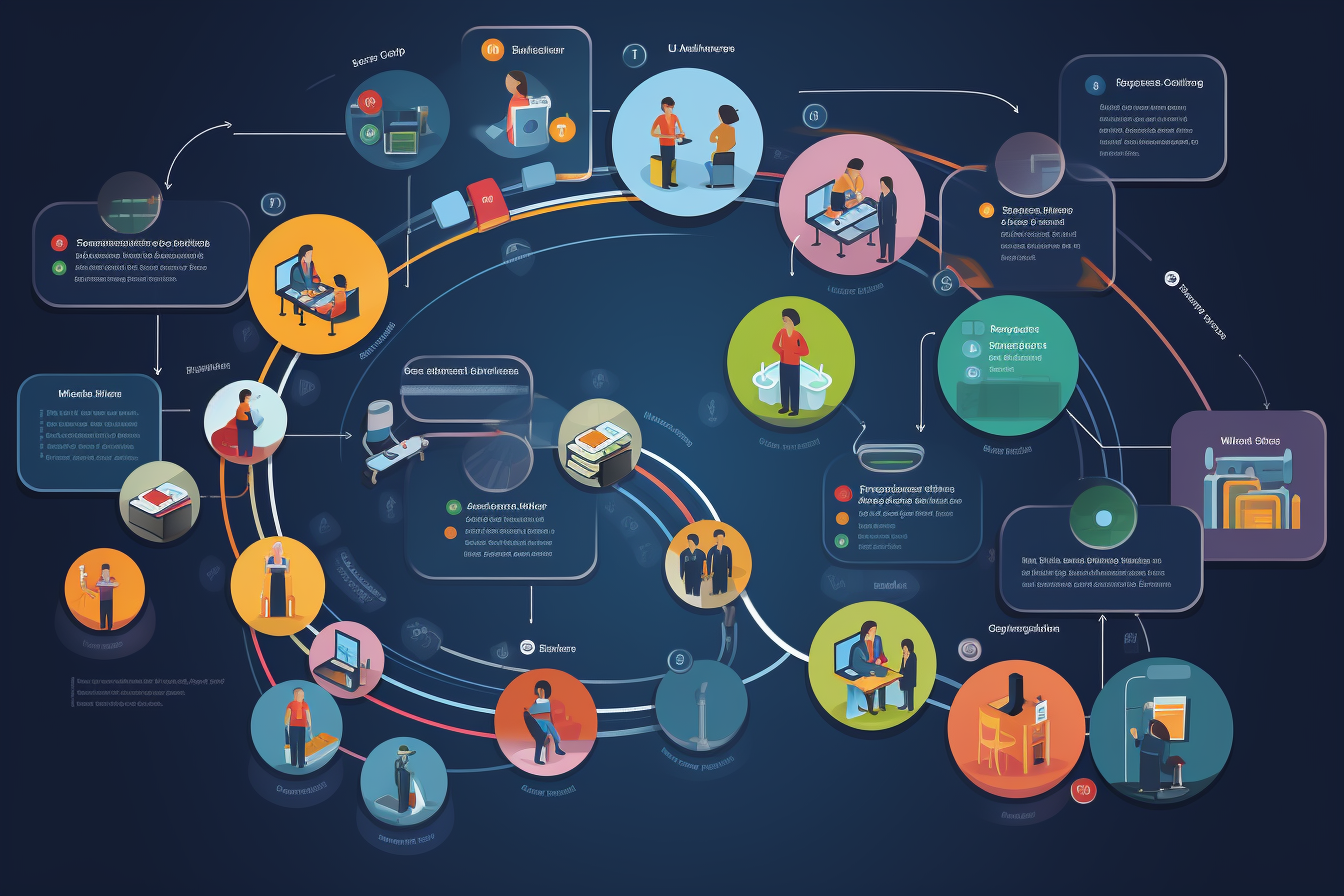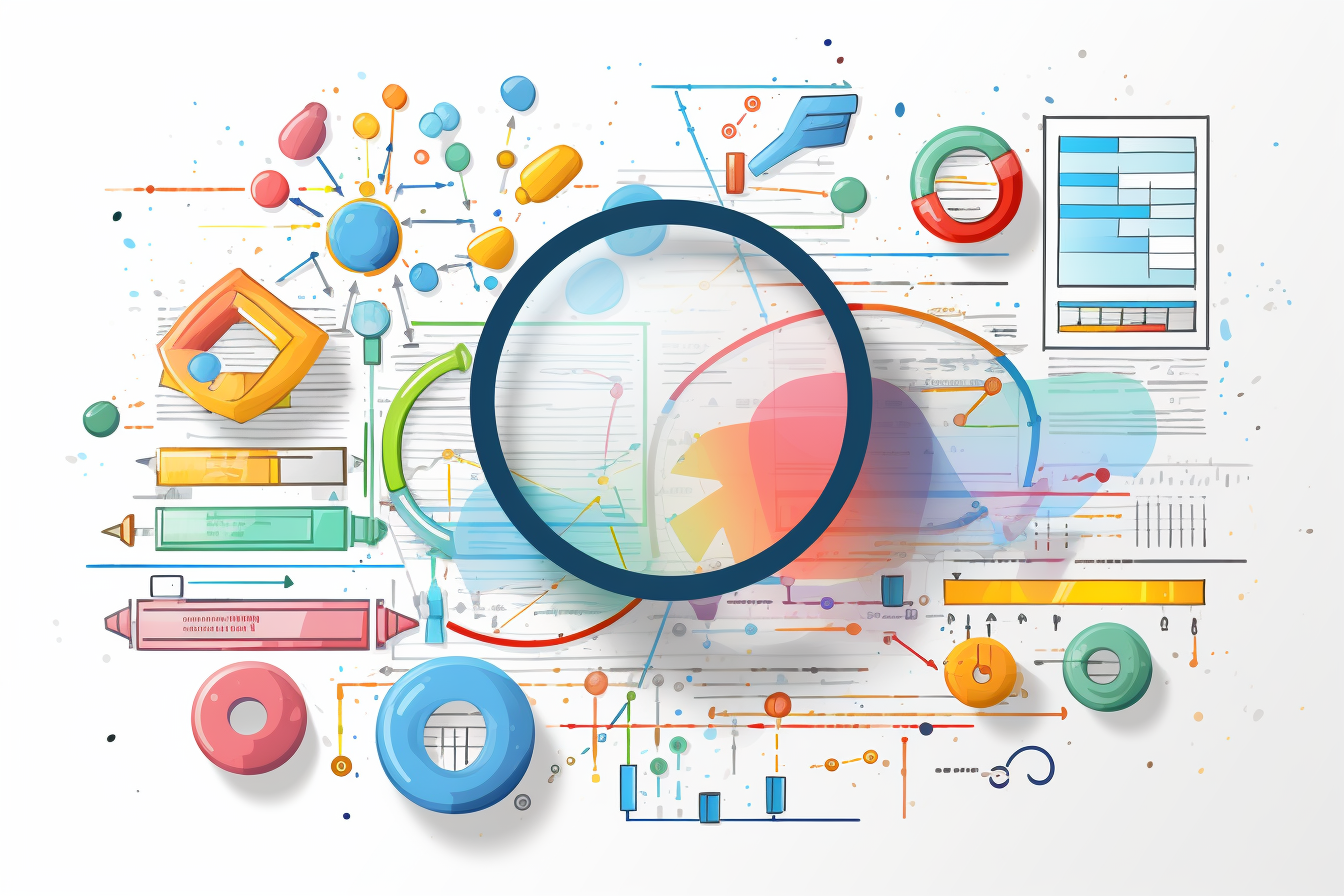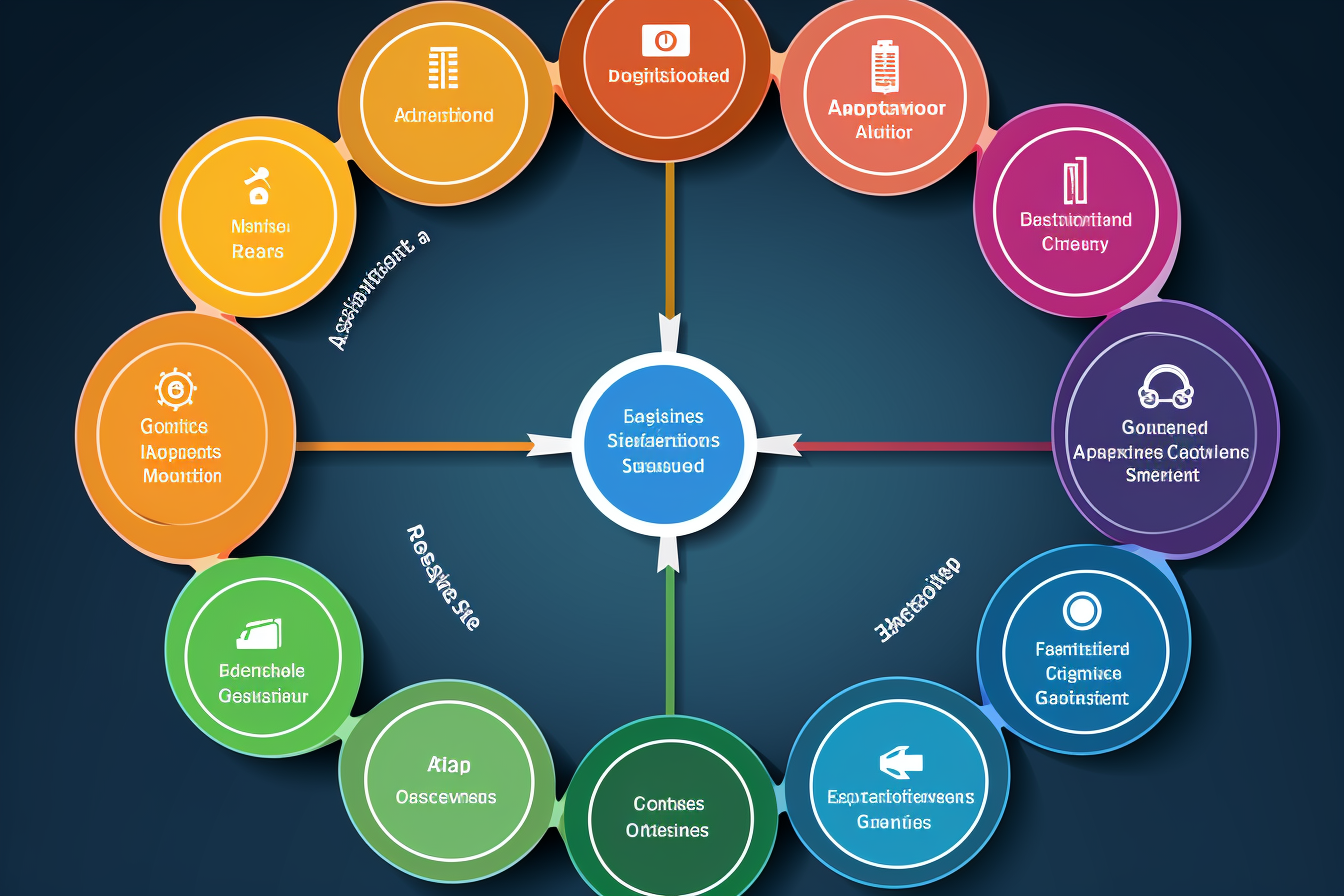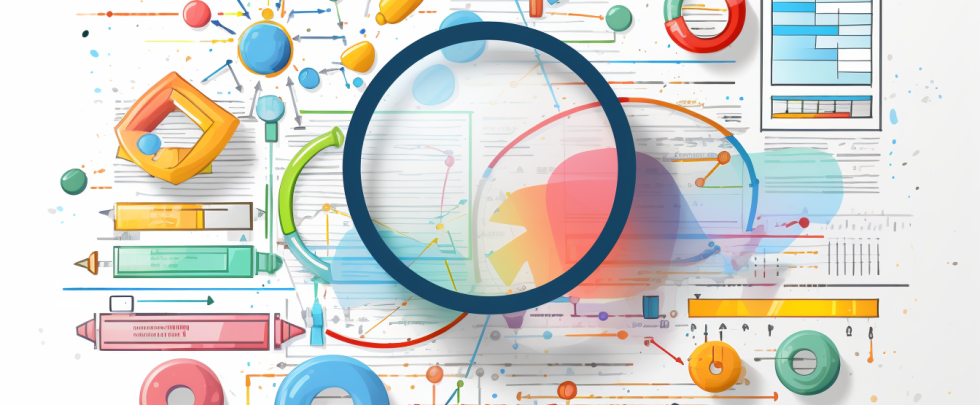Demystifying Software Development Life Cycle
You’ve probably heard of ‘Software Development Life Cycle,’ but what’s it all about?
In this article, we’ll unravel the key phases, highlight the importance of testing, and compare Agile and Waterfall methodologies.
Whether you’re a seasoned pro or just starting, you’ll gain practical insights into how this process shapes the world of software development.
Let’s dive in and expand your knowledge together!
Table of Contents
Understanding the Software Development Life Cycle

You’ll need to grasp the concept of the Software Development Life Cycle (SDLC) to manage better and participate in any software project. SDLC is a systematic process for building software that ensures quality and correctness.
It comprises six phases: requirement gathering and analysis, system design, implementation, testing, deployment, and maintenance. Each stage is crucial and requires your attention.
You’ll start by collecting as many project details as possible. Then, you’ll create a design and begin coding. After that, you’ll test your program, fix any glitches, and deploy it. But you’re not done yet. You’ll need to regularly maintain and update your software to keep it running smoothly.
Understanding SDLC will help you navigate this process easily.
Critical Phases of the Software Development Life Cycle
In the Software Development Life Cycle, there are six key phases you need to understand and master; each plays a vital role in producing high-quality, efficient software. These stages are:
Requirements gathering and analysis: This is where you’ll define what the software must do.
System design: Next, you’ll design the system to meet these requirements.
Implementation: Then, you’ll implement your design by writing software code.
Testing: Afterward, you’ll test this software to identify errors or issues.
Deployment: Once you’re confident in its functionality, you’ll deploy the software.
Maintenance: Finally, you’ll perform ongoing maintenance to ensure it continues to meet its users’ needs.
Each phase is crucial for successful software development.
The Role of Testing in the Software Development Life Cycle

During the software development cycle, you’ll reach a critical point where you implement testing, and it’s here that you ensure the software functions as intended. It’s a crucial step, not a mere formality. You’re looking for bugs, glitches, and anything else that might hinder the user experience. As you test, you verify that the software meets the outlined requirements.
You’ll conduct various tests, such as unit, integration, and system tests, each with a specific purpose. You’re testing the code and its interaction with other systems, functionality, and readiness for launch. Remember, it’s better to discover issues during testing than after launch. So, take testing seriously.
It’s not the final step but the gateway to a successful product launch.
Agile Vs Waterfall: Different Approaches to the Software Development Life Cycle
When managing the software development life cycle, you will likely encounter two primary methodologies: Agile and Waterfall, each with unique approaches and benefits.
The Waterfall model is linear, where each phase must be completed before you move to the next. It’s straightforward to understand but doesn’t accommodate changes well.
On the other hand, Agile development is iterative, meaning it’s divided into sprints. You can make changes as you progress, which makes it flexible and adaptable, but it requires more customer involvement and can be harder to manage.
Deciding between Agile and Waterfall isn’t about which is better but which fits your project’s needs best.
Practical Applications of the Software Development Life Cycle

You’ll find understanding the practical applications of the Software Development Life Cycle crucial for efficiency and productivity, and it’ll also provide a sense of direction during the complex process of software development.
It’s used in almost every software project, from designing a mobile app to creating complex enterprise systems. It guides the project from the initial concept to planning, design, coding, testing, and maintenance.
It helps you manage time and resources effectively, ensuring the project stays on track and within budget. Using it, you can deliver a high-quality product that meets the customer’s requirements and expectations.
Understanding and applying the Software Development Life Cycle effectively can significantly improve your software development process.
Frequently Asked Questions
What is the Software Development Life Cycle (SDLC)?
Software Development Life Cycle (SDLC) is a process the development team uses to plan, design, create, test, and deploy software products.
Why is SDLC important?
SDLC is important because it provides a structured approach to software development. It ensures that the software meets the requirements, is of high quality, and is delivered on time and within budget.
What are the benefits of using SDLC?
The benefits of using SDLC include improved product quality, reduced development time and cost, better team collaboration, and increased customer satisfaction.
What are the popular SDLC models?
Some popular SDLC models include the Waterfall, Agile, Spiral, and V-shaped models.
What is the role of testing in SDLC?
Testing is an essential phase of the SDLC. It ensures that the software meets the required standards and functions as expected. Testing helps identify and fix any bugs or issues before the software is deployed.
What is the significance of the design phase in SDLC?
The development phase in SDLC involves transforming the requirements into a detailed software design. It includes architectural design, database design, user interface design, and system design, which serve as a blueprint for the development team.
How does SDLC address security?
SDLC encompasses various security measures throughout the development process. This includes conducting security assessments, implementing secure coding practices, and performing vulnerability testing to ensure the software is safe and protected against threats.
What are some best practices for SDLC?
Some best practices for SDLC include proper requirement gathering, clear documentation, continuous testing, regular communication with stakeholders, and adherence to coding standards and industry regulations.
What Is Software Development Life Cycle (SDLC)?
Software Development Life Cycle (SDLC) is a set of processes and methodologies to develop high-quality software. It defines the stages and activities required to create software applications that meet the specified requirements.
What is the purpose of the planning phase in SDLC?
The SDLC planning phase defines the project’s scope and identifies the objectives, schedule, resources, and risks. It helps determine the project’s feasibility and set realistic stakeholder expectations.
What is the importance of the requirement analysis phase in SDLC?
The requirement analysis phase in SDLC focuses on gathering and understanding the software requirements. It helps identify the functional and non-functional requirements, analyze the needs of the end-users, and translate them into a software requirement specification (SRS) document.
What is the purpose of the testing phase in SDLC?
The testing phase in SDLC is performed to verify and validate the software against the specified requirements. It involves various testing techniques and methodologies to identify and fix any defects or issues present in the software before it is deployed to the end-users.
What is the role of the deployment phase in SDLC?
The deployment phase in SDLC involves releasing the software to the end-users. It includes software installation, configuration, and ensuring that the software is ready for use in the production environment.
What are the standard SDLC methodologies?
Some standard SDLC methodologies include the Waterfall, Agile, Spiral, and V models. Each method has its approach and suitability for different types of projects.
What are the different software development life cycle models?
Some standard software development life cycle models include the Waterfall, Agile, Spiral, and V models. Each model has its own set of phases and activities, and the choice of model depends on the project requirements and constraints.
Conclusion
So, you’ve journeyed through the software development life cycle, exploring its phases, the importance of testing, and different approaches like Agile and Waterfall.
This cycle is critical to creating successful software. Whether developing a small app or a complex system, use this guide as your roadmap.
Remember, each phase is crucial, and skipping one could end in disaster. Keep refining your process, and you’ll master the software development life cycle quickly.













